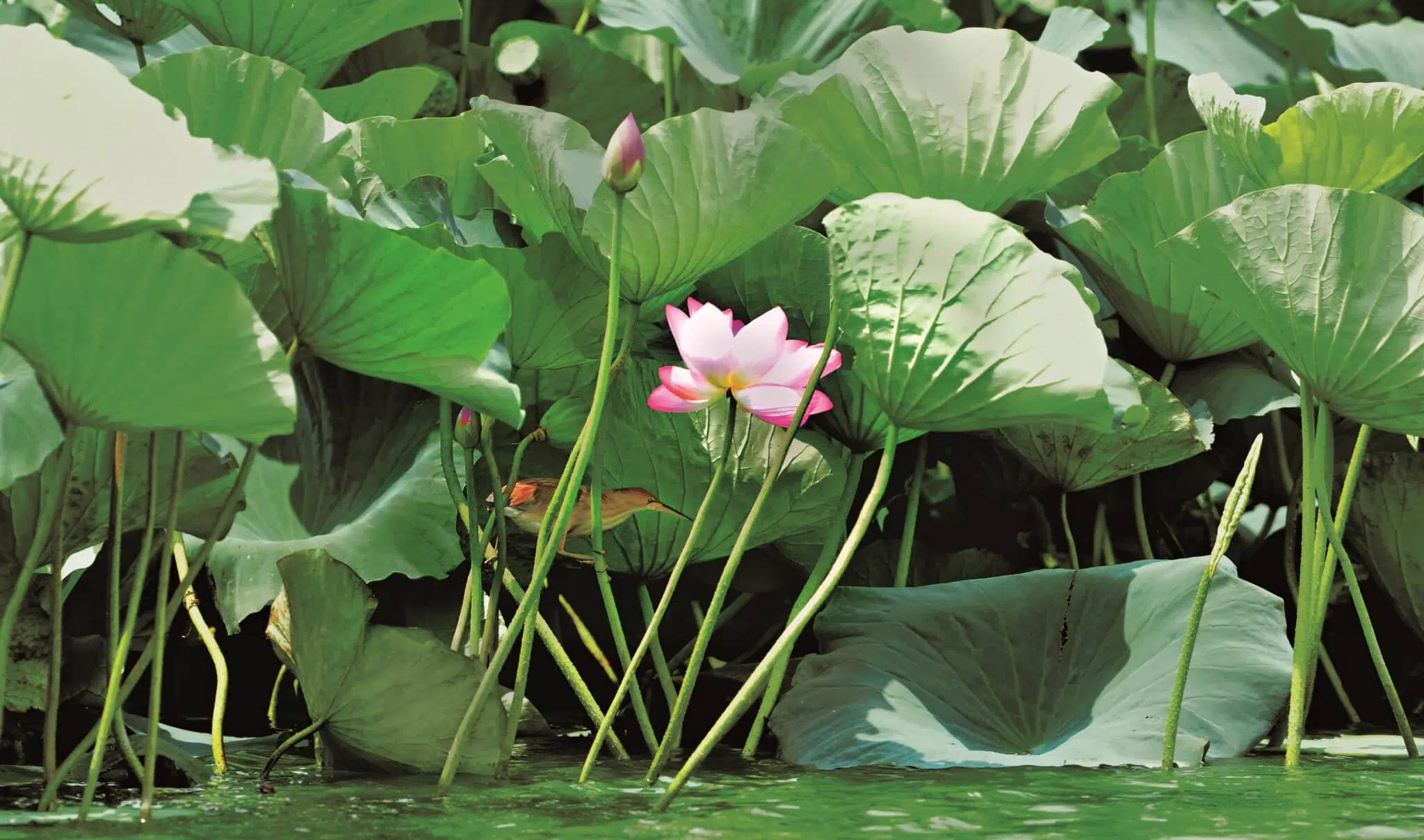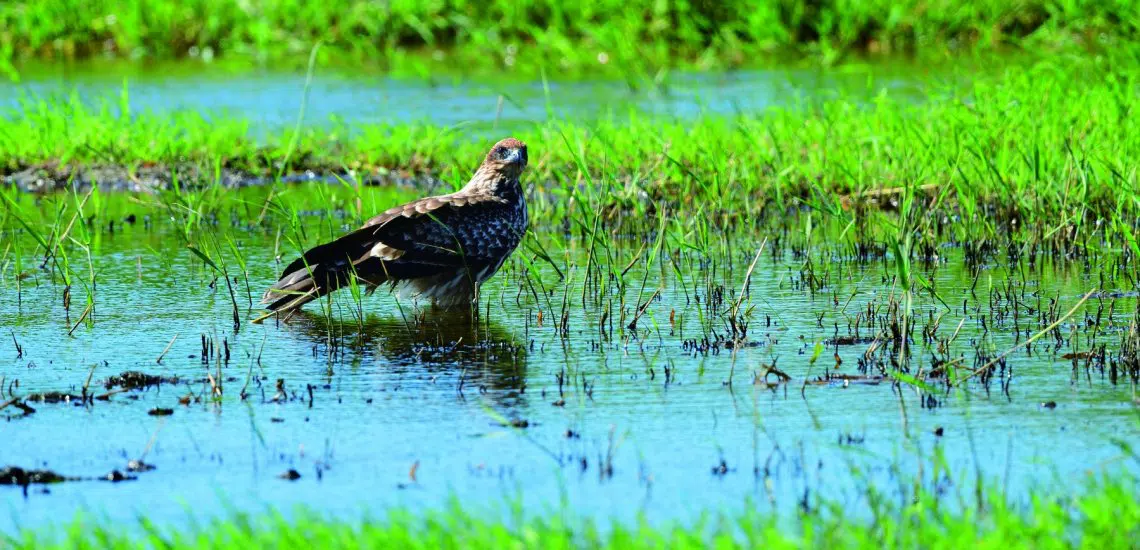Birdwatching in Qatar
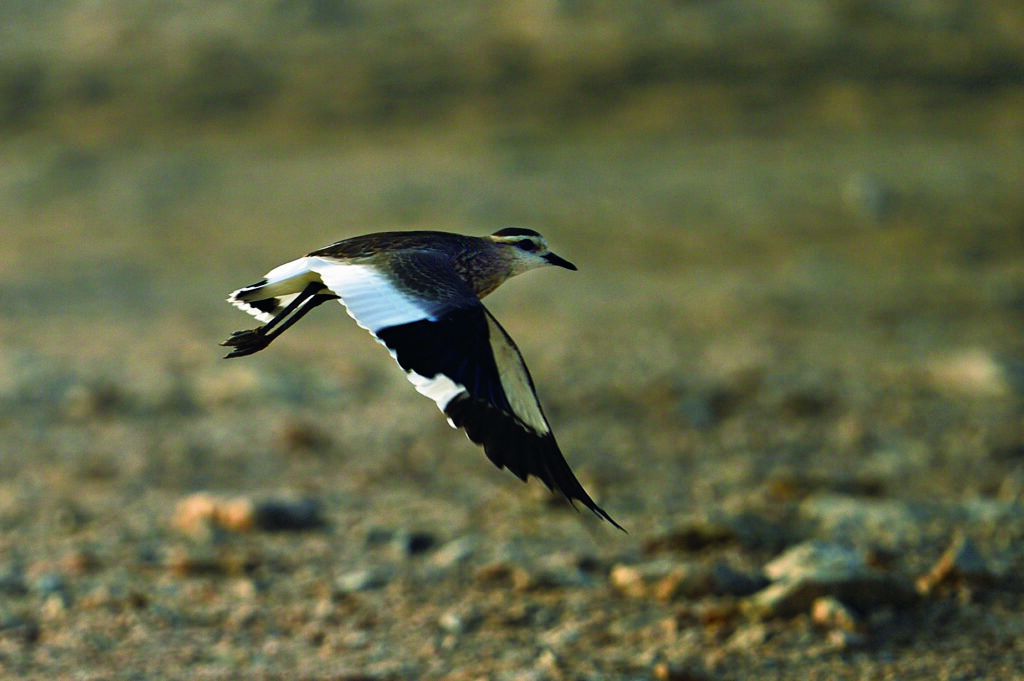
Although often associated with arid desert, Qatar is home to a range of birds, many of which travel through the country on migration. Discover more about the country’s avian diversity in the latest ‘Through the lens’ article.
Photos and text by HIH Princess Takamado
“Through the Lens” Fujingahou Magazine, December, 2022
In December last year I visited Qatar as the Honorary President of the Japan Football Association while the World Cup was being held. For this article I will share bird photographs I took during the trip while my memories are still fresh.
When I tell people about birdwatching in Qatar, most of them respond doubtfully: “Are there birds in Qatar?” In the course of researching and scheduling birdwatching for my trip to the country, I discovered that there are actually far more birds recorded in Qatar than I had previously thought. More than 360 species are observed every year, of which more than 200 are migratory birds. Although Qatar is relatively small and often associated with its arid desert, it does have a range of different habitats, including rugged limestone desert, beautiful mangrove forests that line much of its coastline and various parks within its cities. This means there are plenty of places for birds to rest their wings and feed to refuel while undertaking their epic migrations.
The first photograph shows a Sociable Lapwing, a Critically Endangered species that’s population has dramatically declined in recent years. The farm I took this photo on grows alfalfa – a crop used as livestock feed in many countries. If you look at it from above, these are bright green fields. A small flock of Sociable Lapwings from Kazakhstan, where the species’ breeds, stopped here on their journey to their wintering grounds and seemed to have established a roost in the fields. Their arrival in Qatar is in itself rare, so I was very happy to have been there at the right time to see them!
Header image: Sociable Lapwing – Family: Charadriidae. In rapid decline and considered Critically Endangered, its distribution has shrunk considerably in recent times. It now only breeds in the steppe areas of north-eastern Kazakhstan and winters around the Sudan-Eritrea border and Indo-Pakistan borders. In some years, a few birds stopover in Qatar during migration.
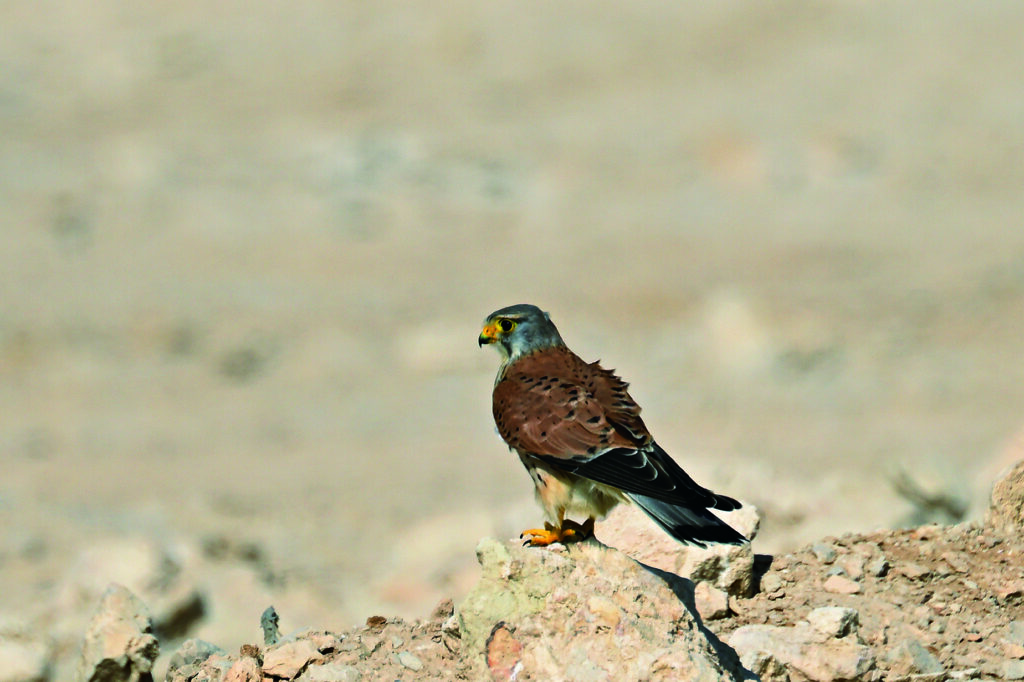
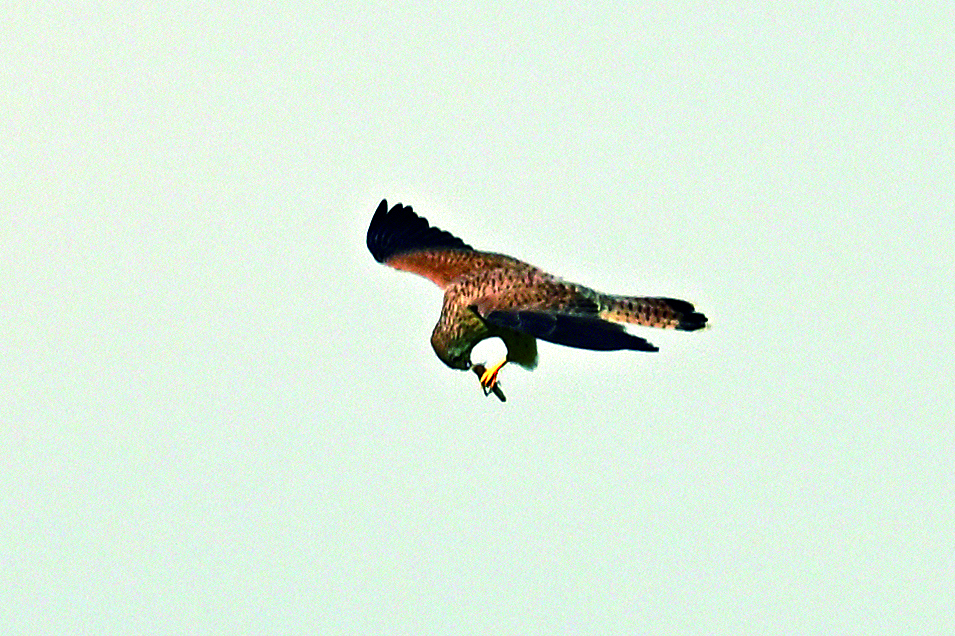
The birds in the above images are Common Kestrel. I visited two farms, both of which had raptors in numbers that would be unthinkable in Japan. We were told that the use of pesticides is not permitted in Qatar’s fields, so there seemed to be a lot of insects for the birds to feed on.
Over the next few images, I will highlight three species of birds whose colours are perfectly suited to life in the desert. All three species are resident to Qatar, and until the eye gets used to them, are so well camouflaged that they are hard to see even if you are told exactly where they are.
On a different note, we decided not to visit and take photos in the mangrove forests and because of hunting. Due to the lack of legislation on hunting, which is very popular among many Qatari men, the researcher who showed us around judged that the area was too dangerous to enter. He also said that when shots are fired, the birds disappear and become skittish, which is not an ideal situation for good photography. Therefore, we chose to visit the private farms instead, so that we didn’t have to worry about this.
Thanks to this opportunity, I was able to learn a lot about the state of agriculture in Qatar in recent years. My guide explained that given the country has no water to waste, there are a number of sewage treatment plants and the water that they treat is reused for sprinkling the fields. In the alfalfa fields, there were several huge mobile water sprinklers, which were in operation from early in the morning.
As Qatar is a country with very low annual rainfall, it relies on the sea for much of its water resources, most of which are produced by desalination plants. In anticipation of future population growth, the Qatari Government has built several large reservoirs, water channels and pumping stations to connect them. Everyone, including me, who visited for the World Cup benefited from this.
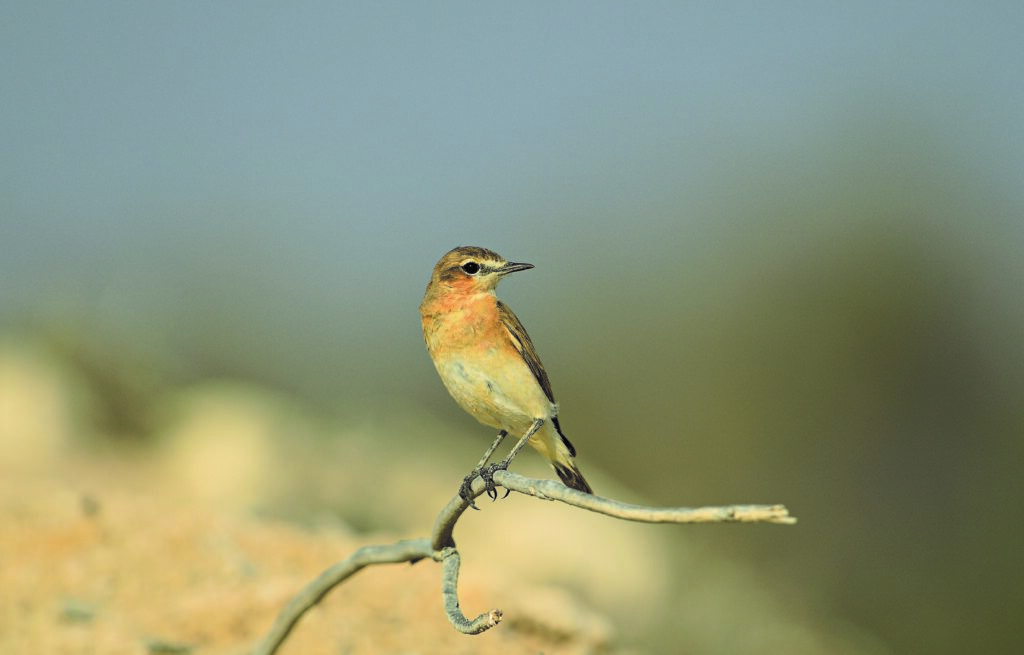
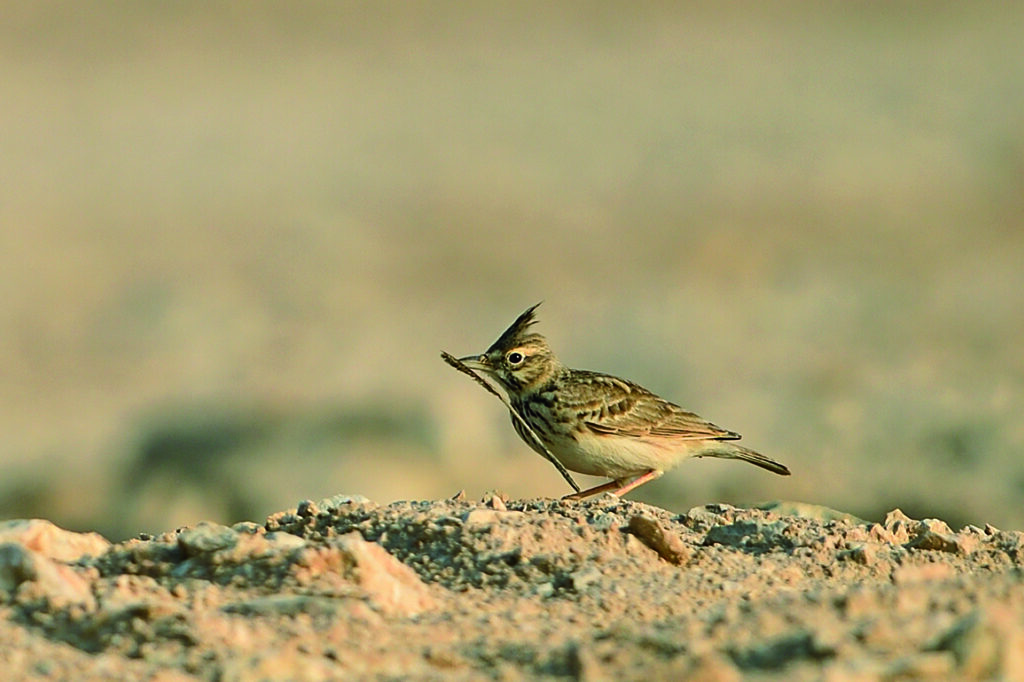
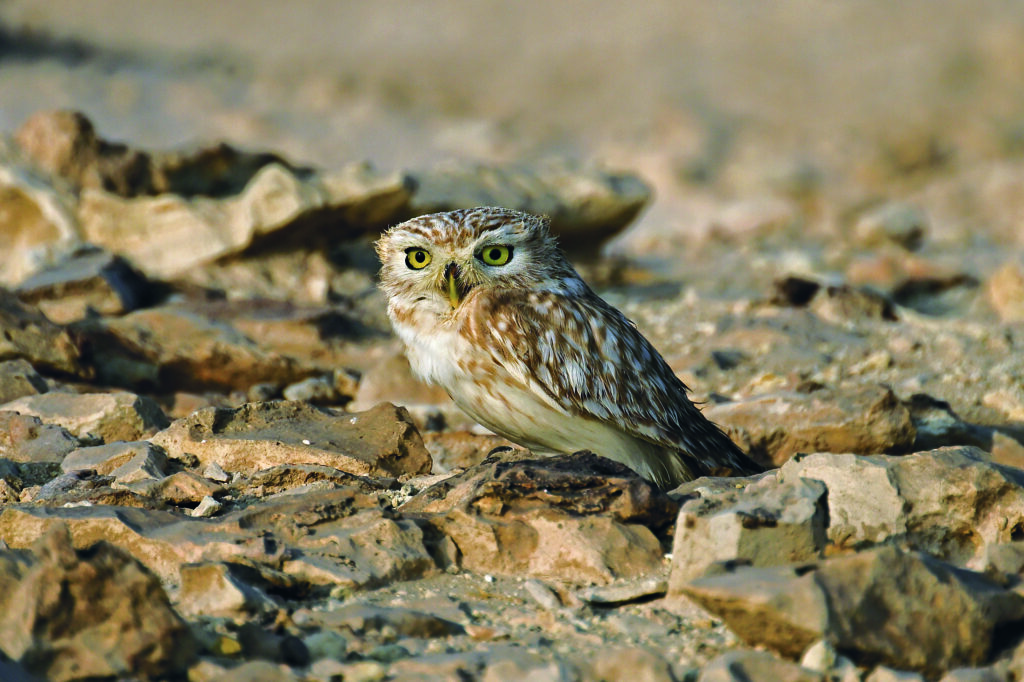
Many of these water-related facilities were built using Japan’s high technological capabilities, and several people expressed their gratitude for Japan’s support for Qatar’s water production. I replied that I was glad that they were pleased with our work, andI felt proud of the Japanese companies that had played an important behind-the-scenes role.
Later, while sorting through my photos, I realised once again that without water there would have been no fields, and without fields there would have been no opportunity to see many of the birds, including the Critically Endangered Sociable Lapwing. I also want to thank the people who worked hard to construct this infrastructure, under difficult conditions, for their efforts. I hope they are reading this article and would like to show my gratitude. Thank you very much.

